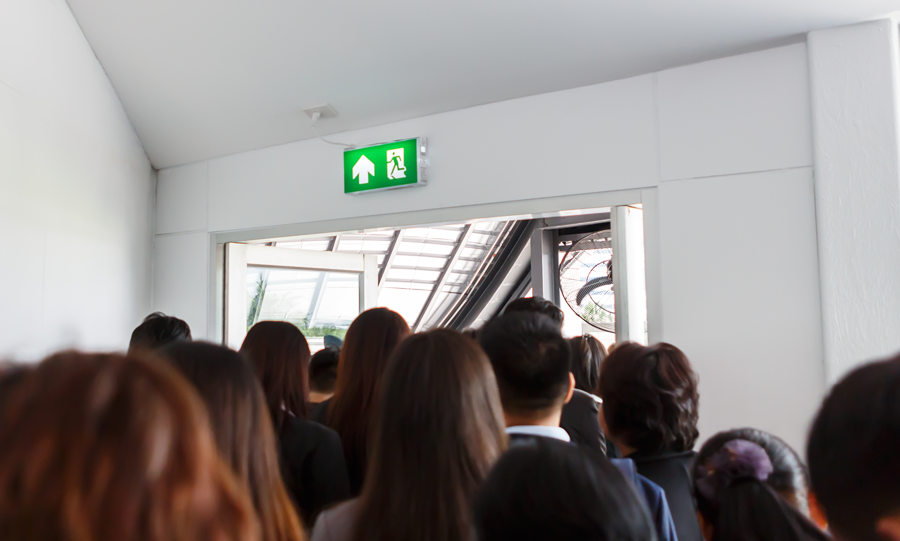Indoor Gas Leaks: Evacuate
 In any confirmed or suspected gas leak, clear the building of all occupants and bystanders. Do not enter the building unless it is safe to do so and you are wearing full PPE and SCBA.
In any confirmed or suspected gas leak, clear the building of all occupants and bystanders. Do not enter the building unless it is safe to do so and you are wearing full PPE and SCBA.
 In any confirmed or suspected gas leak, clear the building of all occupants and bystanders. Do not enter the building unless it is safe to do so and you are wearing full PPE and SCBA.
In any confirmed or suspected gas leak, clear the building of all occupants and bystanders. Do not enter the building unless it is safe to do so and you are wearing full PPE and SCBA.